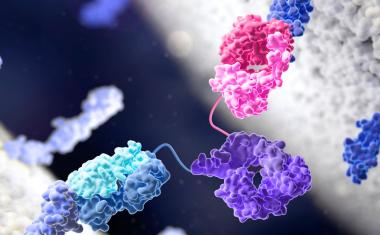Standard & Poor's on Tuesday revised its outlook on Dow Chemical to positive, indicating the rating is more likely to be raised over the next two years as the company's operating results improve.
S&P rates the biggest U.S. chemical maker BBB-minus, the lowest investment-grade rating.
"The positive outlook reflects our view that the economic recovery will support at least modest revenue growth in 2011 and that Dow has the capacity to improve its financial profile to a level that would support somewhat higher ratings," S&P said in a statement.
Dow posted a lower-than-expected quarterly profit last week but said net income improved over the year earlier period to $566 million, compared with a year-earlier loss of $486 million.
Dow's ratings have gradually improved since some analysts and investors feared last year that the company's would be cut into junk territory as deteriorating economic conditions pressured its earnings and the company grappled with debt taken on to fund the purchase of Rohm and Haas.
Fitch Ratings in May changed its outlook on Dow to stable, from negative. Fitch rates Dow BBB, the second lowest investment grade.
Moody's Investment Service rates the company Baa3, the lowest investment grade, and has a negative outlook, indicating that a cut into junk territory remains a risk over the coming 12 to 18 months.













